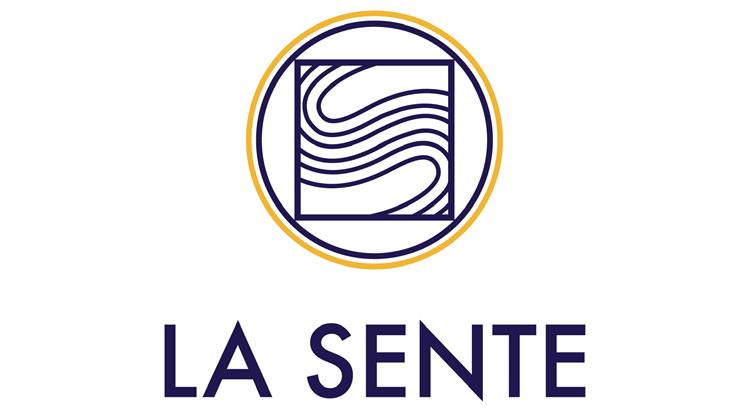06 June 2019

Two schools that educate and support young people with social, emotional and behavioural difficulties have joined to form La Sente – a school that aims to inspire positive change in a safe and nurturing environment.
Students and staff at the former d’Hautrée House School and Alternative Curriculum voted on the new name, which is Jèrriais for ‘the path’, reflecting the often difficult and undulating journey students undertake to become their “best or true self”.
A greater understanding of mental health has, over the past few years, seen a shift in the ways in which both schools would support students, with a focus on developing their social, emotional and mental-health needs as well as devising individual bespoke curricula.
La Sente head teacher Tom Turner said that student voice was an important part of the process in choosing a new identity for the school, the vision statement for which is: “Together, inspiring positive change in a safe and nurturing environment, where we are all valued, respected and encouraged to achieve our full potential.”
“La Sente was a clear winner,” he said. “The idea is that we are all on different paths to be our best or true self and that no journey is a simple straight line. Much like life, a path or river can twist and turn, be undulating and have fast and slow sections that meander along the way. We feel this is a great reflection and represents much of the work we do to support students on their journey.”
The school’s logo incorporates paths, rivers and the letter S, which can be rotated to create different paths. Other possible names included Le Nouvel Sterte (new start), Les Touonner (to turn or to change course) and Esperence (hope).
The Minister for Education, Senator Tracey Vallois, said: “The merging of two schools under this new identity will better support students in developing their social, emotional and mental-health needs while they undertake their bespoke curricula. This links to the government’s Children and Young People’s plan, which aims to achieve better outcomes for children and young people so that they have the brightest futures possible. It also reflects the government’s pledge to protect and support children by improving their educational outcomes, as part of the government’s Common Strategic Priorities.”
D’Hautrée House School opened roughly 20 years ago to support secondary-school-aged students with emotional and behavioural difficulties. The Alternative Curriculum was opened in 2003 to help disaffected students with a low attendance at school to reengage with their learning so they could find employment, training or study further education after leaving school.
Mr Turner said that there were significant overlaps between the two schools, which prompted the decision to develop a one-school provision with a single ethos and also address the growing need for supporting students with social, emotional and mental-health needs.
“Merging resources and expertise has provided a better management and financial model but, more importantly, a better and more holistic support for the students,” he said.